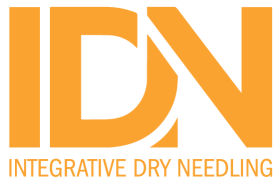Effectiveness of Dry Needling Combined With Exercise Versus Exercise Alone in Various Tendinopathies: A Systematic Review and Meta-Analysis
Authors:Muhammad Tayyab, Zawar Ahmad, Muhammad Tanveer, Mahmood Ahmad, Rizwan Akbar, Suleman Shah, Rahman Syed, Ameer Afzal Khan, Anfal Khan, Mohsin Ali, Muhammad


